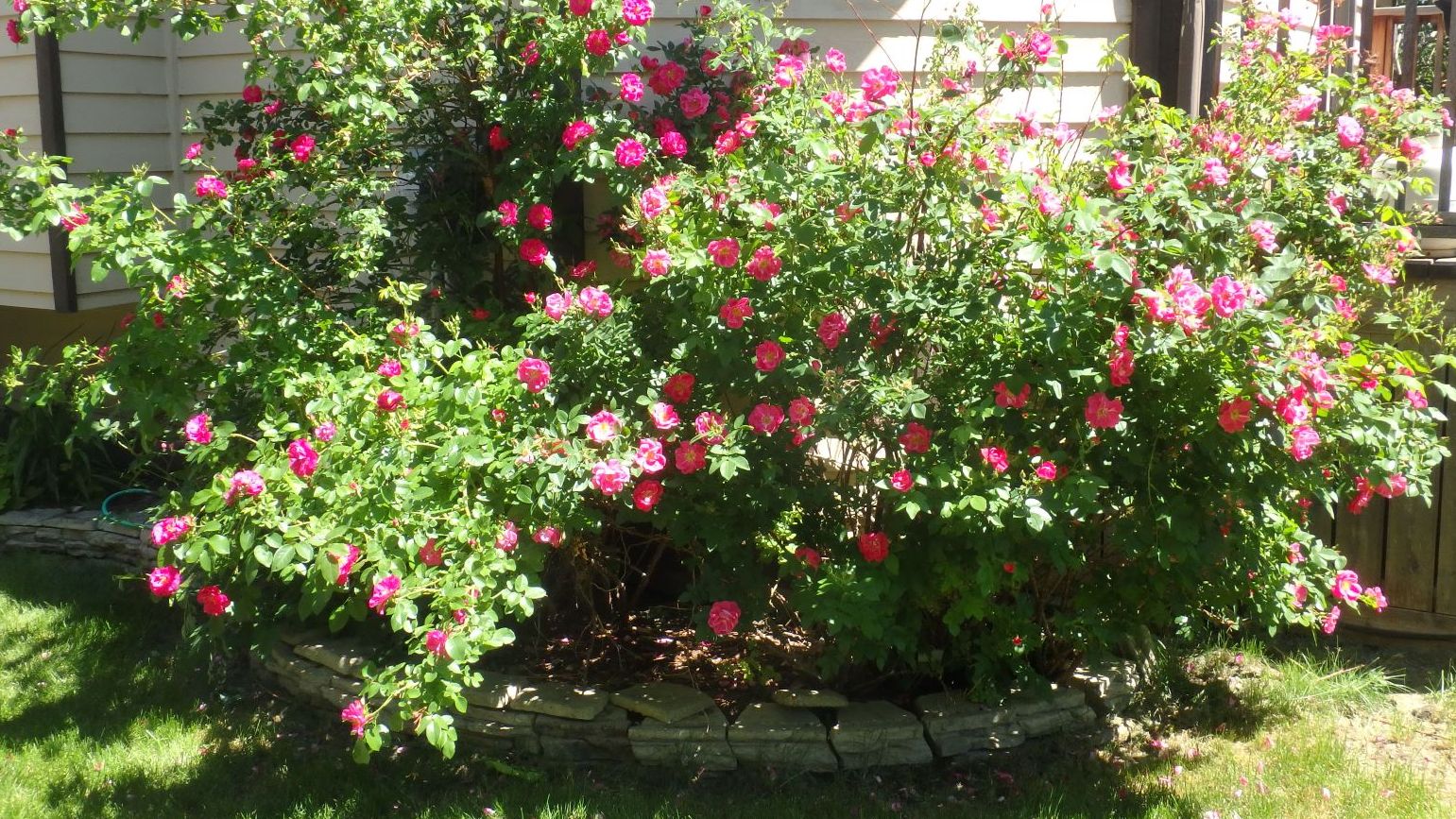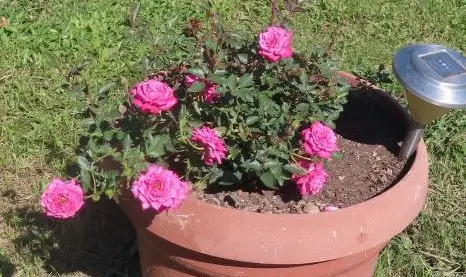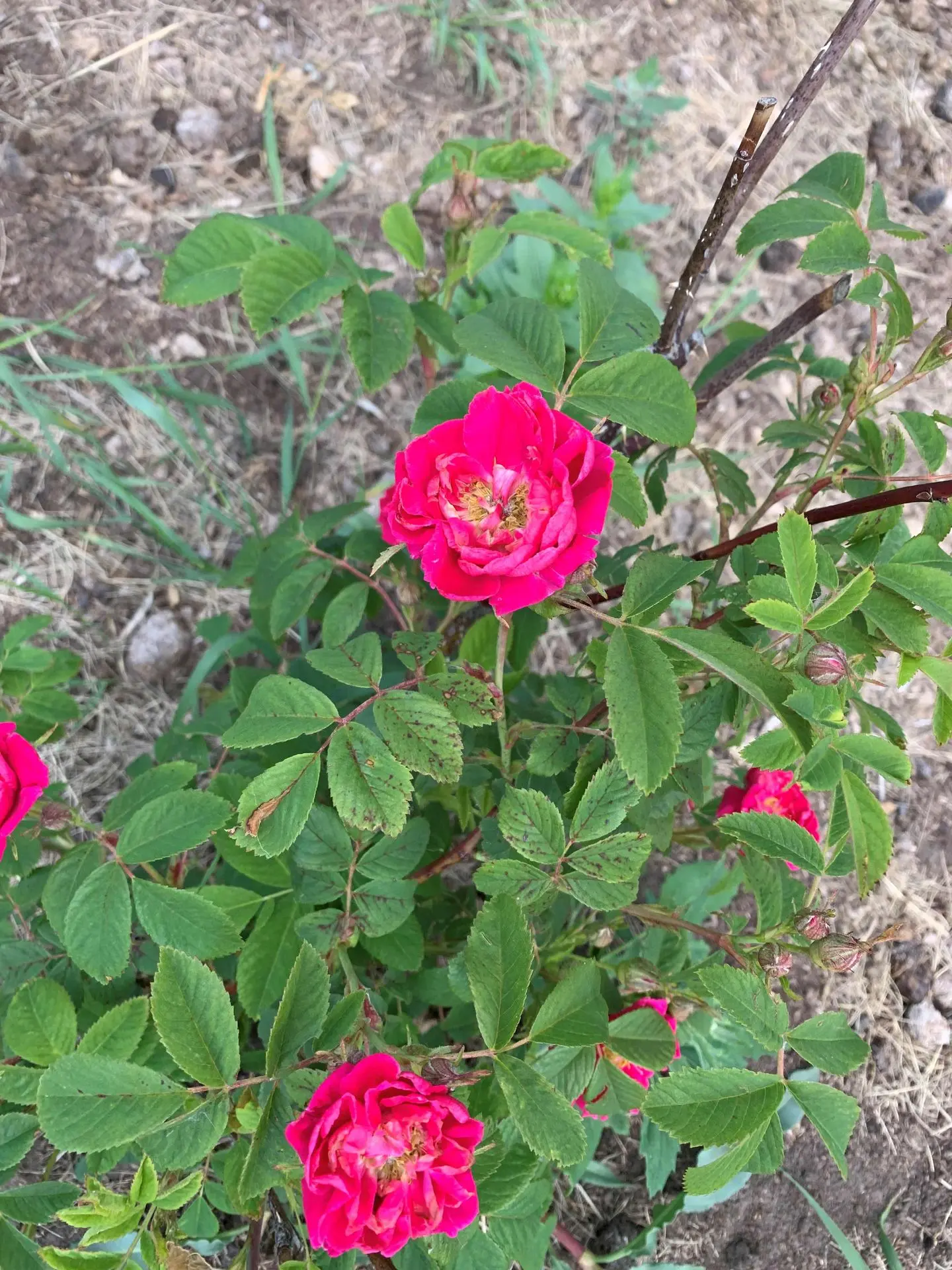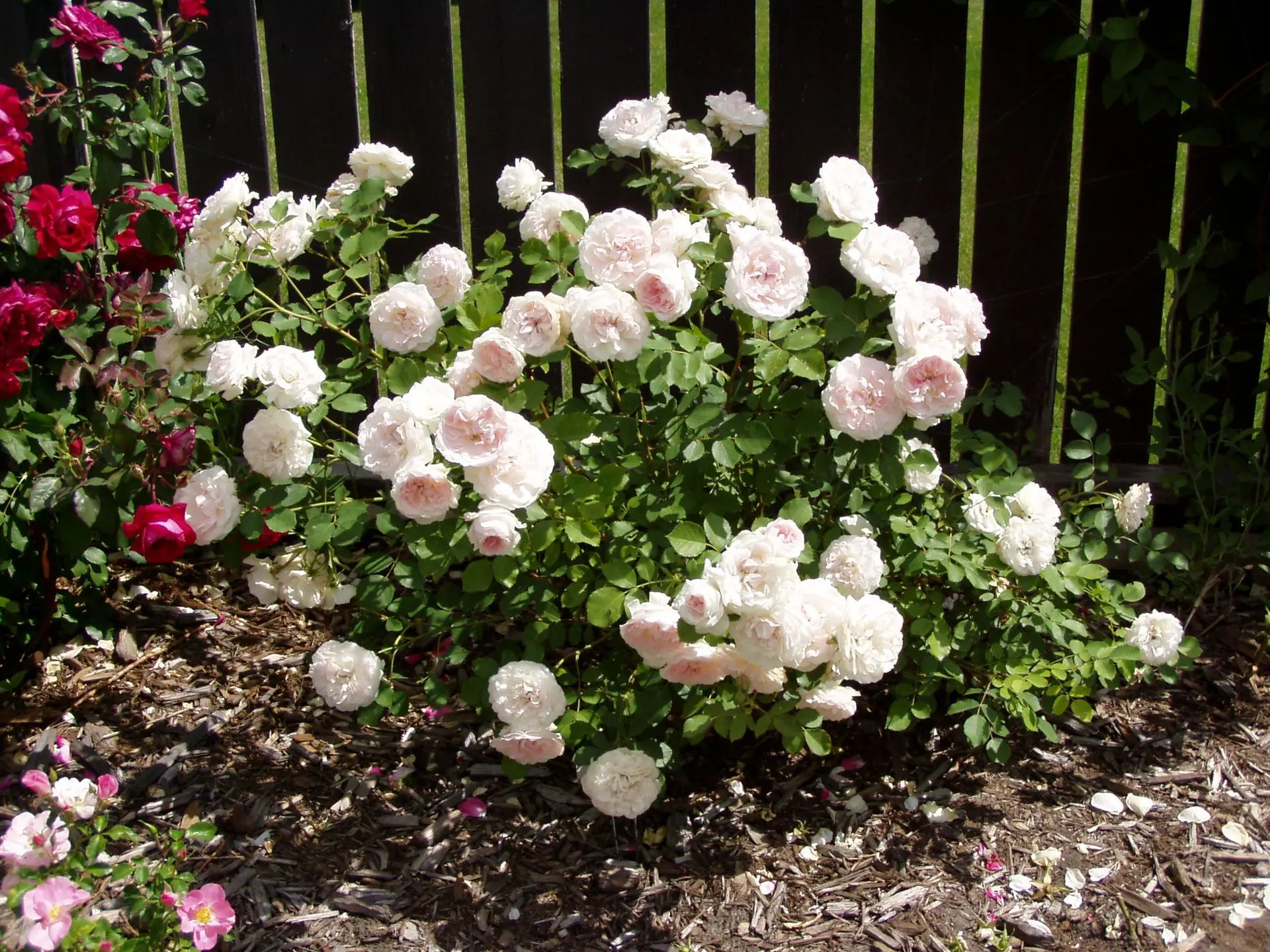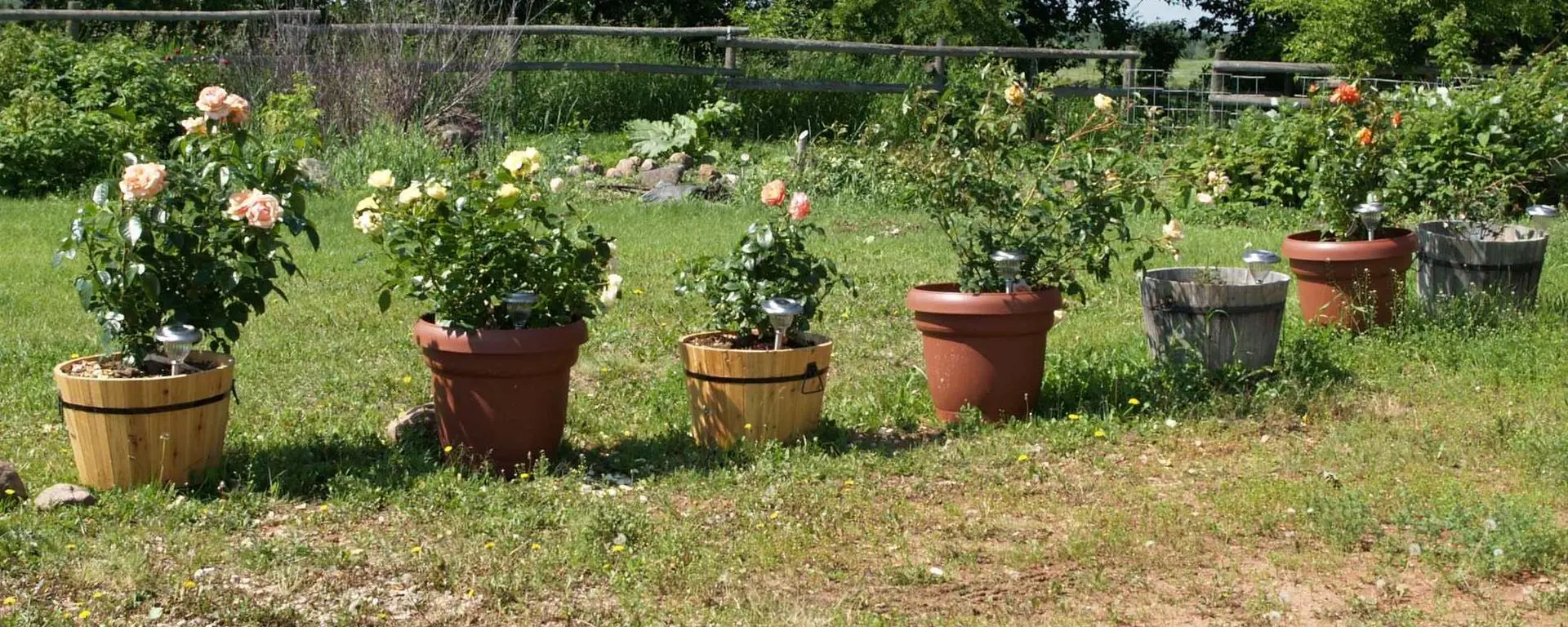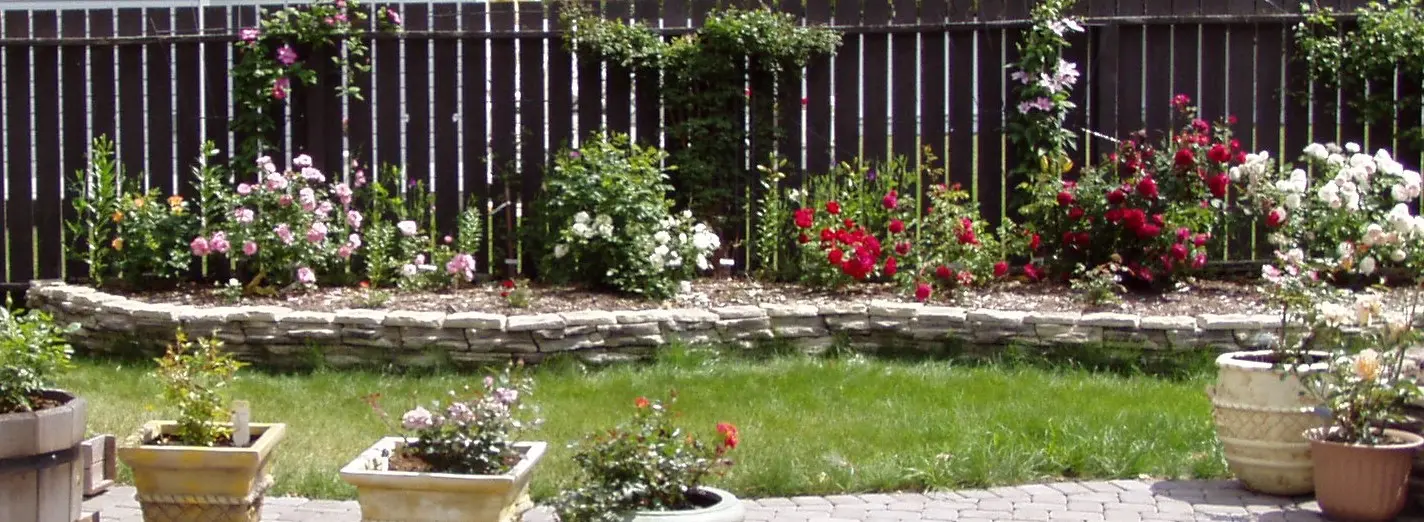Choosing a location to plant your roses
If you don't currently have a rose bed or roses, you need to first find a good spot for them in your garden.
Miniatures, shrubs, climbers, no matter the type, roses thrive when you plant them in a location that:
- has full sun (6-8 hours) with southern or eastern exposures;
- has good air circulation but is not completely exposed to cold winter winds;
- is far from trees and buildings that create shade and/or consume nutrients; and
- has good, nutrient-rich loamy soil that is slightly acidic.
